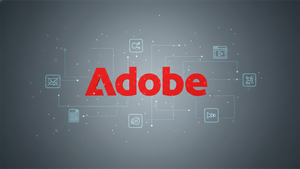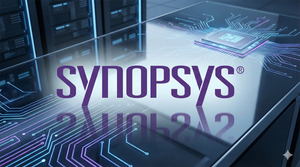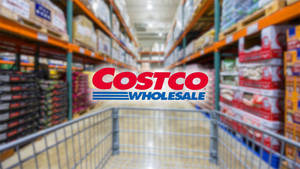An Engineer’s Guide to API 5L Line Pipe for Oil & Gas

Introduction
Pipeline integrity is a major financial and environmental concern for the oil and gas sector. The American Petroleum Institute (API) Specification 5L is the internationally recognized standard for manufacturing the line pipe used to transport hydrocarbons. Recognizing the basic principles of API 5L and the significance of the difference between PSL1 and PSL2 is essential for anyone involved in pipeline design, purchasing, and performance.
What is API 5L?
API 5L is a standard that outlines the minimum manufacturing requirements for seamless and welded steel pipe to be used in pipeline transportation systems in the oil and natural gas industries with two product specification levels, PSL1 and PSL2, and provides the technical specifications to ensure the pipe is safe and dependable in its high-risk application.

The Critical Difference: PSL1 vs. PSL2
The key concept of API 5L is the difference between Product Specification Level 1 (PSL1) and Product Specification Level 2 (PSL2):
PSL1: A specification level for 'standard' quality line pipe. It is a general specification and has a less complete set of requirements.
PSL2: PSL2 provides for stricter, more extensive requirements than PSL1, including required specifications for chemical composition, mechanical properties (maximum yield strength and required fracture toughness testing), and more stringent non-destructive testing.
|
Feature |
PSL1 |
PSL2 |
|
Chemical Composition |
More general limits |
Stricter limits on Carbon, Sulfur, etc. |
|
Mechanical Properties |
Minimum values specified |
Both minimum and maximum values specified |
|
Fracture Toughness |
Not required |
Required for all grades |
|
Traceability |
Traceable until all tests are passed |
Fully traceable after certification |
|
Certification |
Standard |
Mandatory SR15 certificate required |
In essence, PSL2 is designed for sour service, offshore, and higher-pressure applications where safety and reliability are even more critical.
Understanding API 5L Grades (X-Grades)
An API 5L pipe grade is specified by a letter or number following an "X" which indicates the Minimum Yield Strength of the pipe, in thousands of pounds per square inch (psi).
Common Grades: API 5L X42, X52, X60, X65, X70, X80.
An example: An API 5L X52 pipe will have minimum yield strength of 52,000 psi. The higher the "X" number the stronger the steel.
Conclusion
The API 5L specification provides the foundation for pipeline safety in the oil and gas sector. Understanding the differences between PSL1 and PSL2, and picking the appropriate level (i.e. grade, X52, X65) is vitally important to ensure the long-term integrity and safety of the world’s most important energy infrastructure.
Copyright Notice: This article was originally created by CORTEC STEEL LIMITED and first published on the official website www.cortecsteel.com.
Reproduction Notice
Unauthorized reproduction is strictly prohibited. For citation or reproduction, please credit the source and include a link to this article. All rights reserved.
Media Contact
Company Name: CORTEC STEEL LIMITED
Email: Send Email
Country: China
Website: https://www.cortecsteel.com/
More News
View More



Recent Quotes
View More
Quotes delayed at least 20 minutes.
By accessing this page, you agree to the Privacy Policy and Terms Of Service.